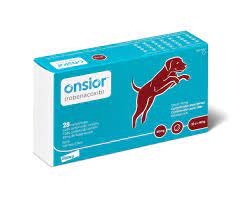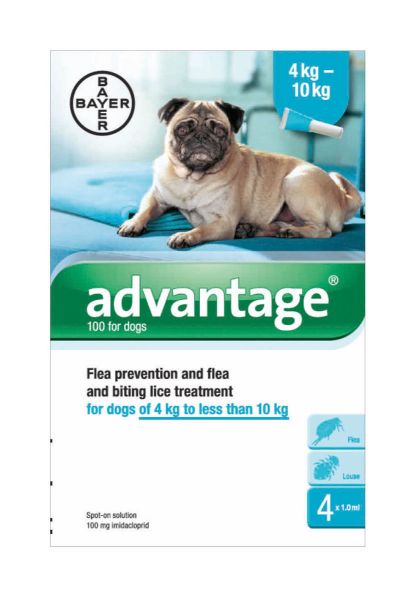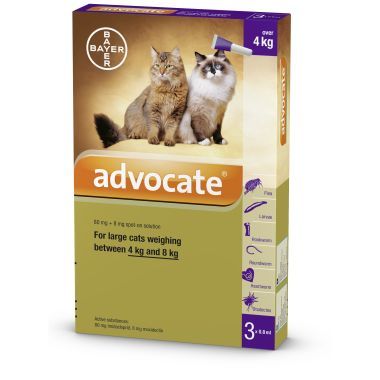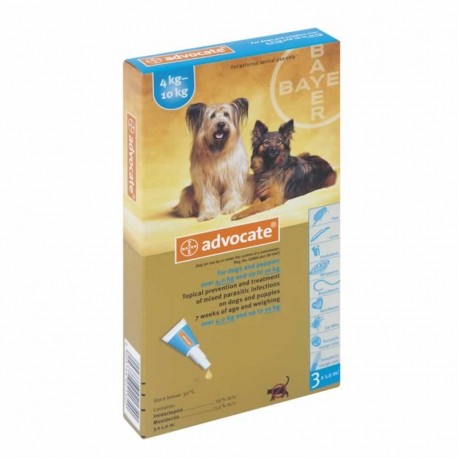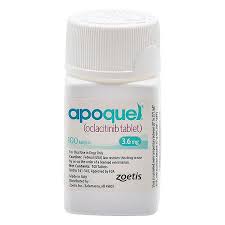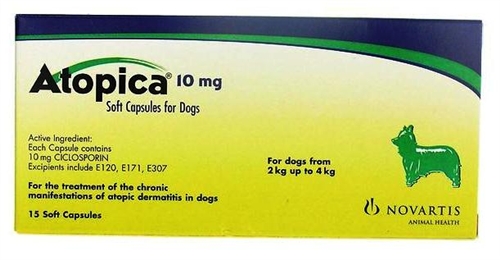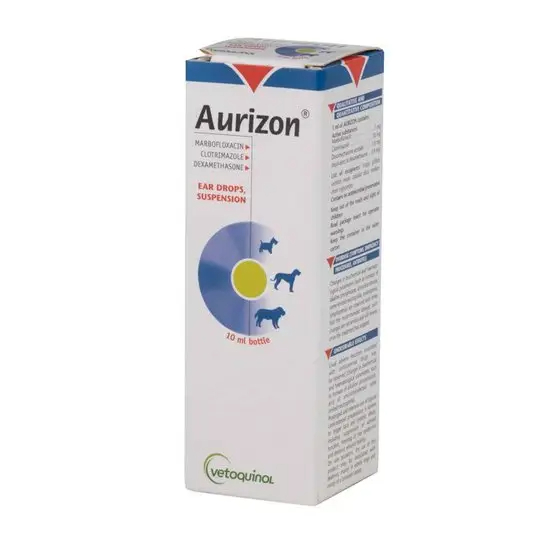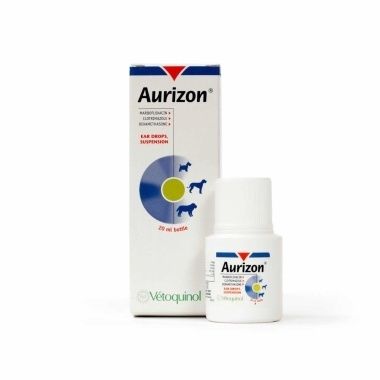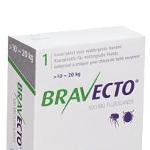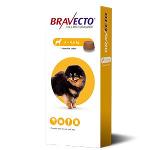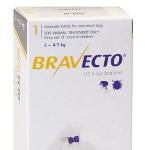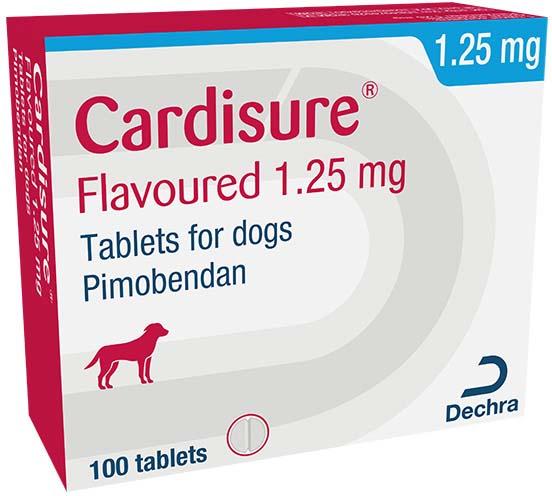Onsior tablets for dogs Species: Dogs Therapeutic indication: Pharmaceuticals: Anti-inflammatory preparations: Oral: Other NSAIDs Active ingredient: Robenacoxib Product:Onsior tablets for dogs Product index: Onsior tablets for dogs Qualitative and quantitative composition Each tablet contains: Active substance: 5 mg tablets: Robenacoxib 5 mg 10 mg tablets: Robenacoxib 10 mg 20 mg tablets: Robenacoxib 20 mg 40 mg tablets: Robenacoxib 40 mg For the full list of excipients see Pharmaceutical particulars section Pharmaceutical form Tablet Round, beige to brown tablets with the imprint "NA" on one side and the following imprint on the other side: 5 mg tablet: AK 10 mg tablet: BE 20 mg tablet: CD 40 mg tablet: BCK Clinical particulars Target species Dog Indications for use, specifying the target species For the treatment of pain and inflammation associated with chronic osteoarthritis in dogs. For the treatment of pain and inflammation associated with soft tissue surgery in dogs. Contraindications Do not use in dogs suffering from gastrointestinal ulceration or with hepatic disease. Do not use concomitantly with corticosteroids or other non-steroidal anti-inflammatory drugs (NSAIDs). Do not use in case of hypersensitivity to the active substance or to any of the excipients. Do not use in pregnant and lactating animals (see section below). Special warnings for each target species In clinical studies in dogs with osteoarthritis, inadequate response to treatment was seen in 10–15% of the dogs. Special precautions for use Special precautions for use in animals The safety of the veterinary medicinal product has not been established in dogs weighing less than 2.5 kg or under 3 months of age. For long term therapy, liver enzymes should be monitored at the start of therapy, e.g. after 2, 4 and 8 weeks. Thereafter it is recommended to continue regular monitoring, e.g. every 3–6 months. Therapy should be discontinued if liver enzyme activities increase markedly or the dog shows clinical signs such as anorexia, apathy or vomiting in combination with elevated liver enzymes. Use in dogs with impaired cardiac or renal function or dogs that are dehydrated, hypovolaemic or hypotensive may involve additional risks. If use cannot be avoided, these dogs require careful monitoring. Use this product under strict veterinary monitoring in dogs with a risk of gastrointestinal ulcers, or if the dog previously displayed intolerance to other NSAIDs. Special precautions to be taken by the person administering the veterinary medicinal product to animals Wash hands after use of the veterinary medicinal product. In case of accidental ingestion, seek medical advice immediately and show the package leaflet or the label to the physician. In small children, accidental ingestion increases the risk for NSAID adverse effects. For pregnant women, particularly near term pregnant women, prolonged dermal exposure increases the risk of premature closure of the ductus arteriosus in the foetus. Adverse reactions (frequency and seriousness)* Gastrointestinal adverse events were reported very commonly, but most cases were mild and recovered without treatment. Vomiting and soft faeces were very common, decreased appetite and diarrhoea were common, and blood in the faeces was uncommon. In dogs treated up to 2 weeks no increases in liver enzyme activities were observed. However, with long-term treatment, increases in liver enzyme activities were common. In most cases there were no clinical signs and the liver enzyme activities either stabilised or decreased with continued treatment. Increases in liver enzyme activities associated with clinical signs of anorexia, apathy or vomiting were uncommon. In very rare cases, lethargy may be observed. The frequency of adverse reactions is defined using the following convention: - very common (more than 1 in 10 animals displaying adverse reaction(s) during the course of one treatment) - common (more than 1 but less than 10 animals in 100 animals) - uncommon (more than 1 but less than 10 animals in 1,000 animals) - rare (more than 1 but less than 10 animals in 10,000 animals) - very rare (less than 1 animal in 10,000 animals, including isolated reports). Use during pregnancy or lactation Do not use in pregnant or lactating dogs because the safety of robenacoxib has not been established during pregnancy and lactation or in dogs used for breeding. Interaction with other medicinal products and other forms of interaction Onsior must not be administered in conjunction with other NSAIDs or glucocorticoids. Pre-treatment with other anti-inflammatory medicines may result in additional or increased adverse effects and accordingly a treatment-free period with such substances should be observed for at least 24 hours before the commencement of treatment with Onsior. The treatment-free period, however, should take into account the pharmacokinetic properties of the products used previously. Concomitant treatment with medicines displaying action on renal flow, e.g. diuretics or angiotensin-converting enzyme (ACE) inhibitors, should be subject to clinical monitoring. In healthy dogs treated with and without the diuretic furosemide, concomitant administration of Onsior with the ACE inhibitor benazepril for 7 days was not associated with any negative effects on urine aldosterone concentrations, plasma renin activity or glomerular filtration rate. No safety data in the target population and no efficacy data in general exist for the combined treatment of robenacoxib and benazepril. Concurrent administration of potentially nephrotoxic medicines should be avoided as there might be an increased risk of renal toxicity. Concurrent use of other active substances that have a high degree of protein binding may compete with robenacoxib for binding and thus lead to toxic effects. Amounts to be administered and administration route For oral use. Do not administer with food since clinical trials demonstrated better efficacy of robenacoxib for osteoarthritis when administered without food or at least 30 minutes before or after a meal. Onsior tablets are flavoured and are taken voluntarily by most dogs. The tablets should not be divided or broken. Osteoarthritis: The recommended dose of robenacoxib is 1 mg/kg body weight with a range 1–2 mg/kg. Administer once daily at the same time every day according to the table below. Number of Tablets by Strength and Body Weight for Osteoarthritis Body Weight (kg) Number of Tablets by Strength 5 mg 10 mg 20 mg 40 mg 2.5 to <5 1 tablet 5 to <10 1 tablet 10 to <20 1 tablet 20 to <40 1 tablet 40 to 80 2 tablets A clinical response is normally seen within a week. Treatment should be discontinued after 10 days if no clinical improvement is apparent. For long-term treatment, once a clinical response has been observed, the dose of Onsior can be adjusted to the lowest effective individual dose reflecting that the degree of pain and inflammation associated with chronic osteoarthritis may vary over time. Regular monitoring should be undertaken by the veterinarian. Soft tissue surgery: The recommended dose of robenacoxib is 2 mg/kg body weight with a range of 2-4 mg/kg. Give as a single oral treatment prior to soft tissue surgery. The tablet(s) should be administered without food at least 30 minutes prior to surgery. After surgery, once daily treatment may be continued for up to two further days. Number of Tablets by Strength and Body Weight for Soft Tissue Surgery Body Weight (kg) Number of Tablets by Strength 5 mg 10 mg 20 mg 40 mg 2.5 1 tablet >2.5 to <5 1 tablet 5 to <10 1 tablet 10 to <20 1 tablet 20 to <40 2 tablets 40 to <60 3 tablets 60 to 80 4 tablets The interchangeable use of Onsior tablets and Onsior solution for injection has been tested in a target animal safety study and was shown to be well tolerated by dogs. For dogs, Onsior solution for injection or tablets may be used interchangeably in accordance with the indications and directions of use approved for each pharmaceutical form. Treatment should not exceed one dose (either tablet or injection) per day. Please note that the recommended doses for the two formulations may be different. Overdose (symptoms, emergency procedures, antidotes), if necessary In healthy young dogs aged 5–6 months, oral robenacoxib administered at high overdoses (4, 6 or 10 mg/kg/day for 6 months) did not produce any signs of toxicity, including no evidence of any gastrointestinal, kidney or liver toxicity and no effect on bleeding time. Robenacoxib also had no detrimental effects on cartilages or joints. As with any NSAID, overdose may cause gastrointestinal, kidney, or liver toxicity in sensitive or compromised dogs. There is no specific antidote. Symptomatic, supportive therapy is recommended consisting of administration of gastrointestinal protective agents and infusion of isotonic saline. The interchangeable use of Onsior tablets and Onsior solution for injection in mongrel dogs at overdoses of up to 3 times the maximum recommended dose (2.0, 4.0 and 6.0 plus 4.0, 8.0 and 12.0 mg robenacoxib/kg orally and 2.0 mg, 4.0 mg and 6.0 mg robenacoxib/kg subcutaneously) resulted in dose-related oedema, erythema, thickening of the skin and skin ulceration at the subcutaneous injection site and inflammation, congestion or haemorrhage in the duodenum, jejunum and caecum. No relevant effects on body weight, bleeding time or evidence of any kidney or liver toxicity were observed. Withdrawal period Not applicable. Pharmacological particulars Pharmacotherapeutic group: Anti-inflammatory and anti-rheumatic products, non-steroids, coxibs. ATCvet code: QM01AH91. Pharmacodynamic properties Robenacoxib is a non-steroidal anti-inflammatory drug (NSAID) of the coxib class. It is a potent and selective inhibitor of the cyclooxygenase 2 enzyme (COX-2). The cyclooxygenase enzyme (COX) is present in two forms. COX-1 is the constitutive form of the enzyme and has protective functions, e.g. in the gastrointestinal tract and kidneys. COX-2 is the inducible form of the enzyme and is responsible for the production of mediators including PGE2 which induce pain, inflammation or fever. In an in vitro whole blood assay in dogs, robenacoxib was approximately 140 fold selective for COX-2 (IC50 0.04 μM) as compared to COX-1 (IC50 7.9 μM). Robenacoxib produced marked inhibition of COX-2 activity and had no effect on COX-1 activity in dogs at oral doses ranging from 0.5 to 4 mg/kg. Robenacoxib tablets are therefore COX-1 sparing at recommended doses in dogs. Robenacoxib had analgesic and anti-inflammatory actions in an inflammation model in dogs with single oral doses ranging from 0.5 to 8 mg/kg, with an ID50 of 0.8 mg/kg and a rapid onset of action (0.5 h). In clinical trials in dogs, robenacoxib reduced the lameness and inflammation associated with chronic osteoarthritis, and pain, inflammation and the need for rescue treatment in dogs undergoing soft tissue surgery. Pharmacokinetic particulars Absorption After oral administration of robenacoxib flavoured tablets at 1 mg/kg without food, peak blood concentrations are attained rapidly with a Tmax of 0.5 h, a Cmax of 1,124 ng/ml and an AUC of 1,249 ng·h/ml. Co-administration of robenacoxib non-flavoured tablets with food produced no delay in Tmax, but slightly lower values for Cmax (832 ng/ml) and AUC (782 ng·h/ml). The systemic bioavailability of robenacoxib tablets in dogs was 62% with food and 84% without food. Distribution Robenacoxib has a relatively small volume of distribution (Vss 240 ml/kg) and is highly bound to plasma proteins (>99%). Biotransformation Robenacoxib is extensively metabolised by the liver in dogs. Apart from one lactam metabolite, the identity of other metabolites is not known in dogs. Elimination Robenacoxib is cleared rapidly from blood (CL 0.81 L/kg/h) with an elimination t1/2 of 0.7 h after intravenous administration. After oral administration of the tablets, the terminal half-life in blood was 1.2 h. Robenacoxib persists longer and at higher concentrations at sites of inflammation than in blood. Robenacoxib is excreted predominantly via the biliary route (around 65%) and the remainder via the kidneys. Repeated oral administration of robenacoxib to dogs at dosages of 2–10 mg/kg for 6 months produced no change in the blood profile, with neither accumulation of robenacoxib nor enzyme induction. Accumulation of metabolites has not been tested. The pharmacokinetics of robenacoxib do not differ between male and female dogs, and are linear over the range 0.5–8 mg/kg. Pharmaceutical particulars List of excipients Yeast powder Cellulose, microcrystalline Flavour, artificial beef Cellulose, powdered Povidone (K-30) Crospovidone Silica, colloidal anhydrous Magnesium stearate Incompatibilities Not applicable. Shelf life Shelf life of the veterinary medicinal product as packaged for sale: 4 years. Special precautions for storage Do not store above 25 °C. Nature and composition of immediate packaging Cardboard box containing 7, 14, 28 or 70 tablets in Alu/Alu blisters, 30 x 1 tablets in Alu/Alu perforated unit dose blisters or 60 x 1 tablets in Alu/Alu perforated unit dose blisters. Not all pack sizes may be marketed. Special precautions for the disposal of unused veterinary medicinal product or waste materials derived from the use of such products Any unused veterinary medicinal product or waste materials derived from such veterinary medicinal products should be disposed of in accordance with local requirements

